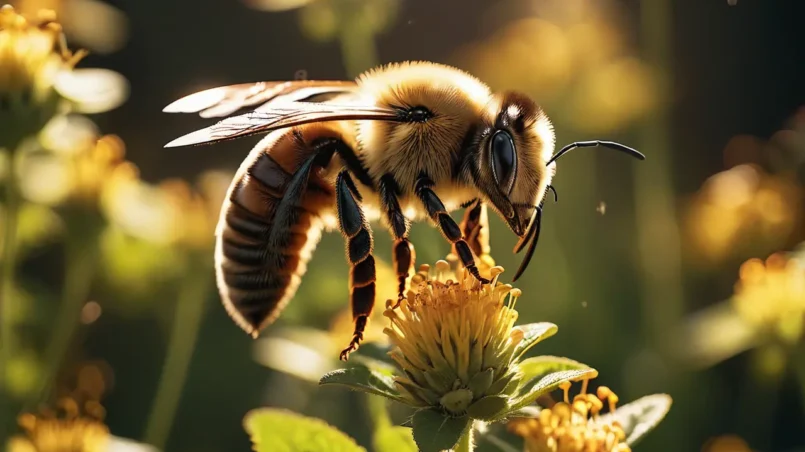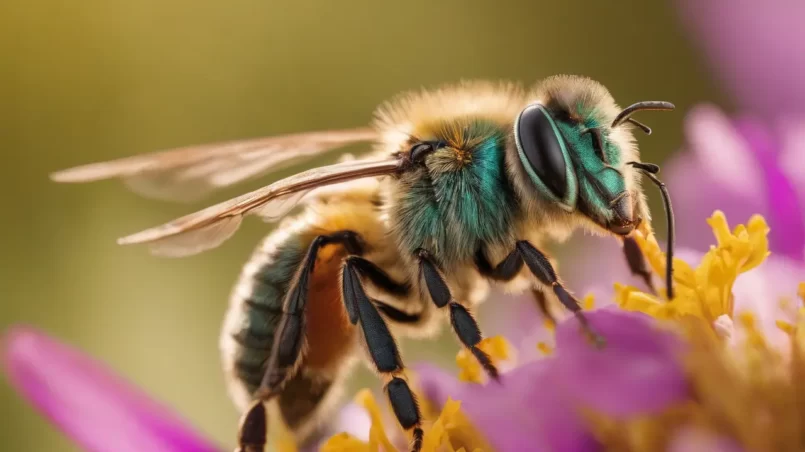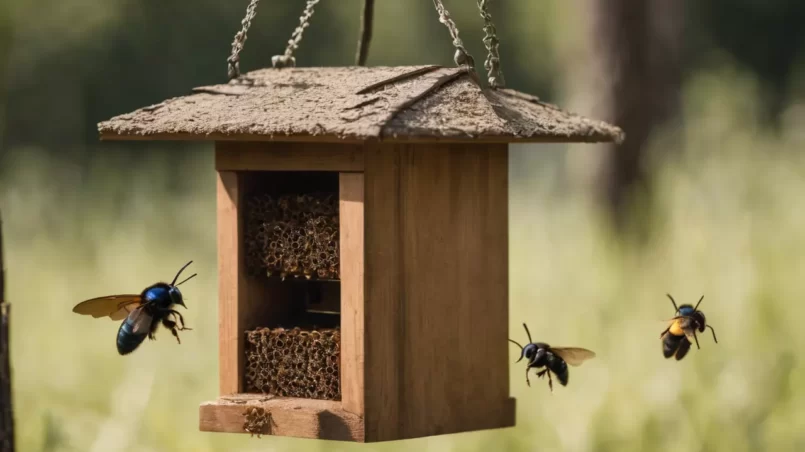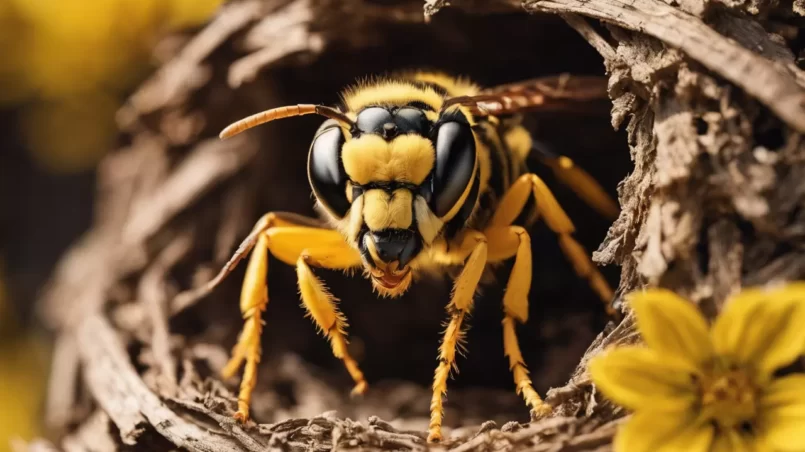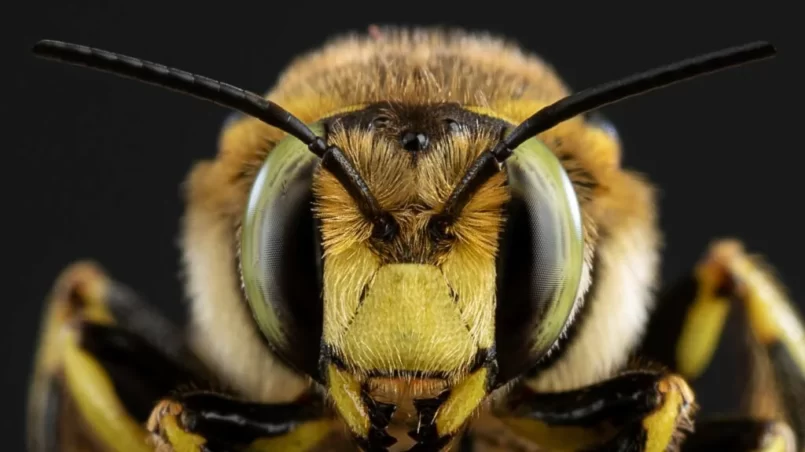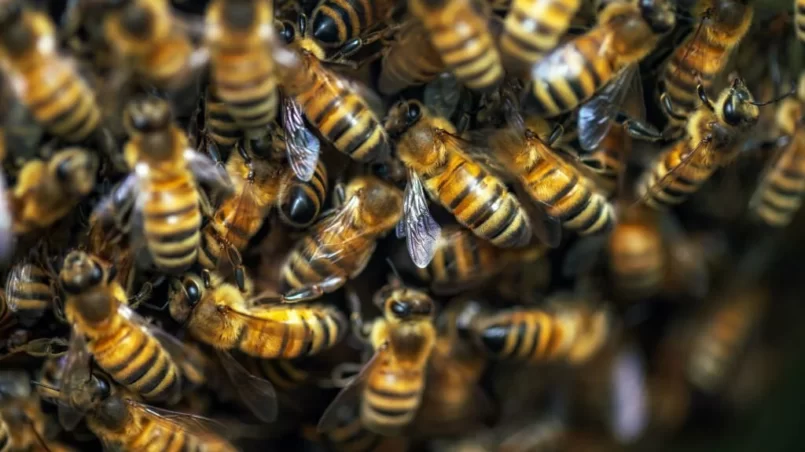Bees, with their intricate social structures and vital role in pollination, are among the most fascinating creatures in the natural world. Understanding their behavior is essential for both conservation efforts and human well-being. One aspect of bee behavior that has intrigued researchers and bee enthusiasts alike is their relationship with light. In this article, we delve into the complex interplay between bees and light, investigating whether bees are naturally attracted to light sources and...
Category - Beekeeping
Sweat bees, a common name for a large family of small to medium-sized bees, are a familiar sight in many outdoor settings. Known scientifically as Halictidae, these bees often draw attention due to their attraction to human sweat, a unique behavior among bees. Understanding what attracts sweat bees is crucial for effectively managing their presence, especially in areas where human-bee interactions are frequent. This article aims to explore the various factors that draw sweat bees to certain...
Carpenter bees, while important for pollination, can become a nuisance when they burrow into wooden structures to build their nests. This behavior can cause significant damage to homes, decks, and outdoor furniture. As a non-toxic and effective solution, carpenter bee traps have gained popularity. This article explores how these traps work and how they can be used to manage carpenter bee populations effectively. Carpenter Bees Carpenter bees are large, solitary bees known for their...
Yellow jackets, a type of wasp, are known for their aggressive behavior and painful stings. Understanding their nesting habits is crucial for gardeners and homeowners, particularly in late summer when these insects become more active. Locating a yellow jacket nest is the first step in managing their presence and ensuring safety in your outdoor spaces. This guide provides insights into finding a yellow jacket nest, helping you take appropriate action. Identifying Yellow Jacket...
In the bustling world of pollinators, where flowers and plants depend on the meticulous work of small winged creatures, bees reign supreme. These remarkable insects, known for their vital role in pollination, are not only proficient flyers but also possess an extraordinary sense of vision. How does a bee see the world, and what secrets lie within the facets of their multifaceted eyes? To truly appreciate the intricate relationship between bees and the flowers they visit, we must delve into the...
The gentle hum of bees is an integral part of the natural world, contributing to pollination and the growth of countless plants. However, when bees find their way into our homes, their presence can become less harmonious. Understanding how bees are gaining access to your house is essential not only for addressing infestations but also for fostering coexistence with these important pollinators. This article delves into the mechanics of how bees infiltrate homes and explores the various entry...

